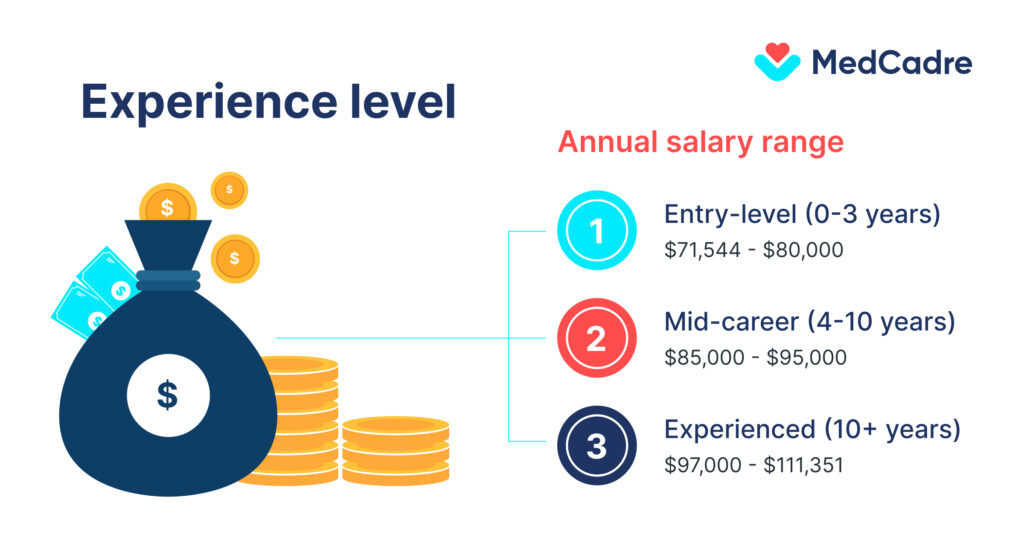Physical therapist professional has long been a critical component of healthcare, aiding individuals in recovering from injuries, managing chronic conditions, and enhancing overall well-being. As we step into the future, the role of physical therapists (PTs) in the United States is poised to evolve significantly, driven by demographic shifts, technological advancements, and changes in healthcare policies.
This article delves into the future outlook of physical therapist professionals in the USA, exploring key trends and developments that will shape their careers in the coming years.
Future outlook for physical therapist professional
Growing demand for physical therapy services
The aging population in the United States is expected to fuel a surge in demand for physical therapy services.
As baby boomers enter their senior years, the prevalence of musculoskeletal and mobility issues is likely to rise, leading to an increased need for rehabilitation and therapeutic interventions.
This demographic shift is anticipated to create job opportunities for physical therapists across various healthcare settings.
Advancements in technology
The future of physical therapy will undoubtedly be influenced by technological innovations. Virtual reality (VR), telehealth, wearable devices, and artificial intelligence (AI) are already making inroads into the field.
These technologies can enhance patient engagement, provide personalized rehabilitation programs, and enable remote monitoring, allowing physical therapists to extend their reach and effectiveness.
Telehealth and remote rehabilitation
The COVID-19 pandemic accelerated the adoption of telehealth services in the healthcare industry, including physical therapy.
In the future, telehealth is expected to become a permanent and integral part of physical therapy practice. PTs will have the opportunity to conduct virtual assessments, provide remote guidance, and monitor patients’ progress, offering more flexibility in service delivery.
Specialization and diversification
Physical therapists are likely to embrace specialization to cater to specific patient needs. Sub-specialties such as pediatric physical therapy, geriatric physical therapy, and sports rehabilitation are expected to gain prominence.
Additionally, physical therapist jobs may diversify their skill sets by integrating complementary therapies such as acupuncture, massage, or holistic approaches into their practice.
Interdisciplinary collaboration
Collaborative and integrated healthcare models are becoming increasingly prevalent. Physical therapists will collaborate more closely with other healthcare professionals, such as physicians, nurses, occupational therapists, and nutritionists, to provide comprehensive and holistic care for patients.
This interdisciplinary approach aims to improve overall patient outcomes and enhance the efficiency of healthcare delivery.
Educational requirements and professional development
The developing phase of healthcare will likely lead to changes in the educational requirements for physical therapist jobs. Continuous professional development and staying abreast of emerging trends, research, and technologies will become crucial for PTs to remain effective and competitive.
Healthcare policy and reimbursement changes
Ongoing changes in healthcare policies and reimbursement structures may impact the practice of physical therapy.
PTs will need to adapt to evolving regulations, advocate for their profession, and navigate the complexities of reimbursement systems to ensure the sustainability of their practices.
Salary of physical therapist professional
Physical therapists play a crucial role in healthcare, helping patients regain mobility and manage pain after injuries, surgeries, and chronic conditions. Their dedication and expertise are reflected in their rewarding salaries, making it an attractive career choice.
The average annual salary for physical therapist jobs in the USA is around $97,720, with a range typically falling between $80,700 and $107,430. However, this is just a snapshot, as several factors can influence a physical therapist’s earnings:
| Factor | Impact on salary |
| Experience: As with most professions, experience commands a premium. Entry-level PTs can expect to start around $71,544, while seasoned professionals with over ten years of experience can earn up to $111,351 annually. | ↑ (High) |
| Education: Advanced degrees like a Doctorate in Physical Therapy (DPT) can increase salaries, particularly in specialized areas like research or academia. | ↑ (High) |
| Location: Geographical disparities exist, with metropolitan areas like San Francisco, New York City, and Los Angeles offering higher salaries compared to rural areas. | ↑(Urban areas) |
| Setting: PTs working in hospitals or private practices generally earn more than those employed in home health or skilled nursing facilities. | ↑ (Hospitals, Private Practices) |
| Specialization: Certain specializations like geriatric PT, neurological PT, or sports PT can command higher salaries due to their specific expertise and demand. | ↑ (High) |
Here’s a summarizing the physical therapist salary range for based on experience

These are just estimates, and your salary may vary depending on the specific factors mentioned above. However, the overall outlook for physical therapist salaries remains positive, with projected job growth and increasing demand for skilled professionals.
So, if you’re passionate about helping people regain mobility and improve their quality of life, a career as a physical therapist duties offers not only personal fulfillment but also a promising financial future.
Prediction physical therapist salary in 2030
Predicting the exact physical therapist salary in 2030 is difficult due to the influence of various factors. However, we can assess different aspects to get a reasonable range and understand the potential trends:
Positive factors
- Strong job growth: The Bureau of Labor Statistics (BLS) projects a 27% growth in physical therapist jobs between 2020 and 2030, much faster than the average for all occupations. This high demand will likely put upward pressure on wages.
- Aging population: Baby boomers are aging and living more active lives, increasing the need for physical therapy for conditions like heart disease, stroke, and mobility issues. This will further boost demand for physical therapist duties.
- Advancements in healthcare: Technological advancements and new treatment methods may make physical therapy even more effective, increasing its popularity and potentially raising salaries.
- Shortage of healthcare professionals: The ongoing shortage of healthcare workers, including physical therapist duties, could also contribute to higher salaries.
Neutral factors
- Cost of living: Salary estimates need to be adjusted for the cost of living in different regions.
- Education and experience: Salaries typically increase with experience and specialized qualifications like certifications or additional degrees.
Uncertainties
- Changes in healthcare reimbursement: Changes in how physical therapist salary is reimbursed by insurance companies could impact salaries.
- Automation and technology: While technology may increase efficiency, it could also lead to some tasks being automated, potentially affecting employment and physical therapist salary structures.
Based on these factors, here’s what we can expect
- Average salary increase: The national median salary for physical therapists was $97,720 in May 2022. With a 27% growth projection over the next 8 years, we can expect the average salary to reach around $124,000 in 2030.
- Salary range: Depending on factors like location, experience, specialization, and employer type, the salary range for physical therapist duties in 2030 could be anywhere from $90,000 to $160,000 or even higher.
The future looks bright for physical therapist professional, with strong job growth and potentially higher physical therapist salary in 2030. However, it’s important to remember that individual incomes will vary based on location, experience, and other factors.
Conclusion
The future outlook for physical therapist professional in the USA is dynamic and promising. With an aging population, technological advancements, and shifts in healthcare delivery, physical therapists are positioned to play an increasingly vital role in promoting health and well-being.
Adapting to these changes, adapting technology, and focusing on professional development will be essential for physical therapist duties to thrive in the evolving time of healthcare. As they continue to provide high-quality care and contribute to improved patient outcomes, the demand for their expertise will likely remain robust in the coming years.
If you are looking for a physical therapist jobs and any other healthcare sector jobs in the USA, MedCadre will help you to find the job which can match to your profile, skills and requirement perfectly. So, drop us your resume today. Our recruiters will connect with you through email or call.


